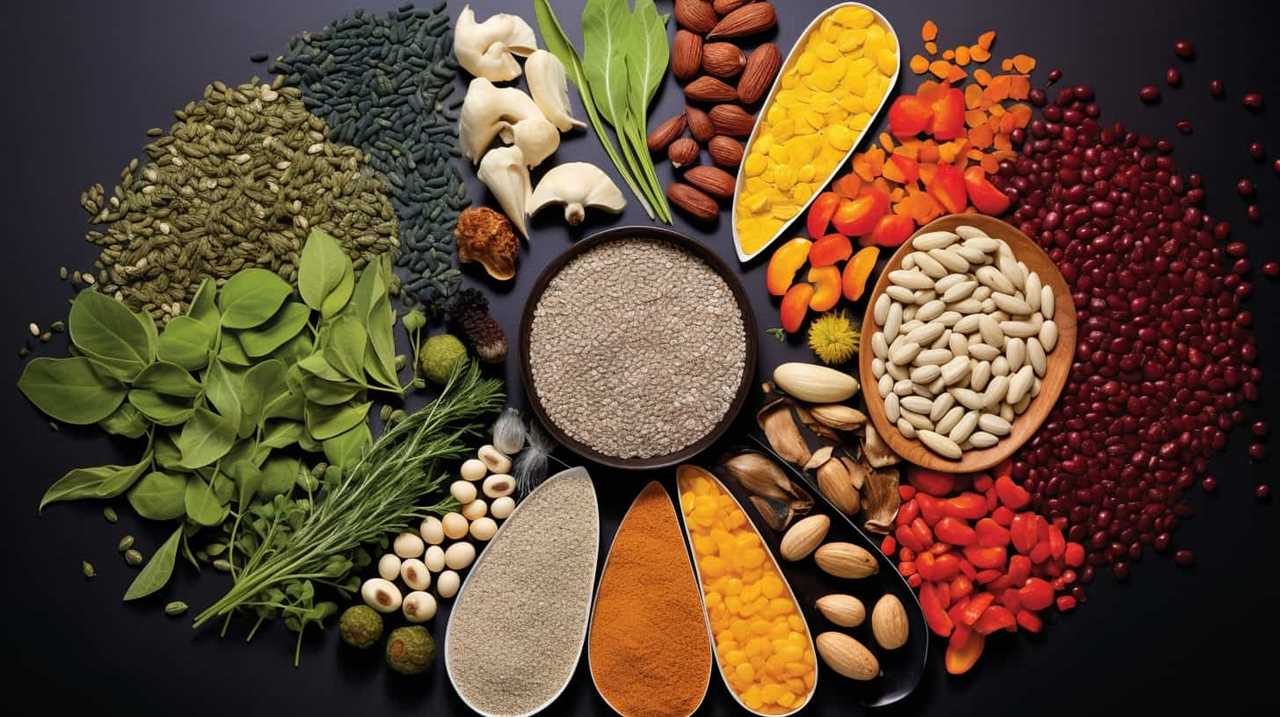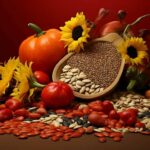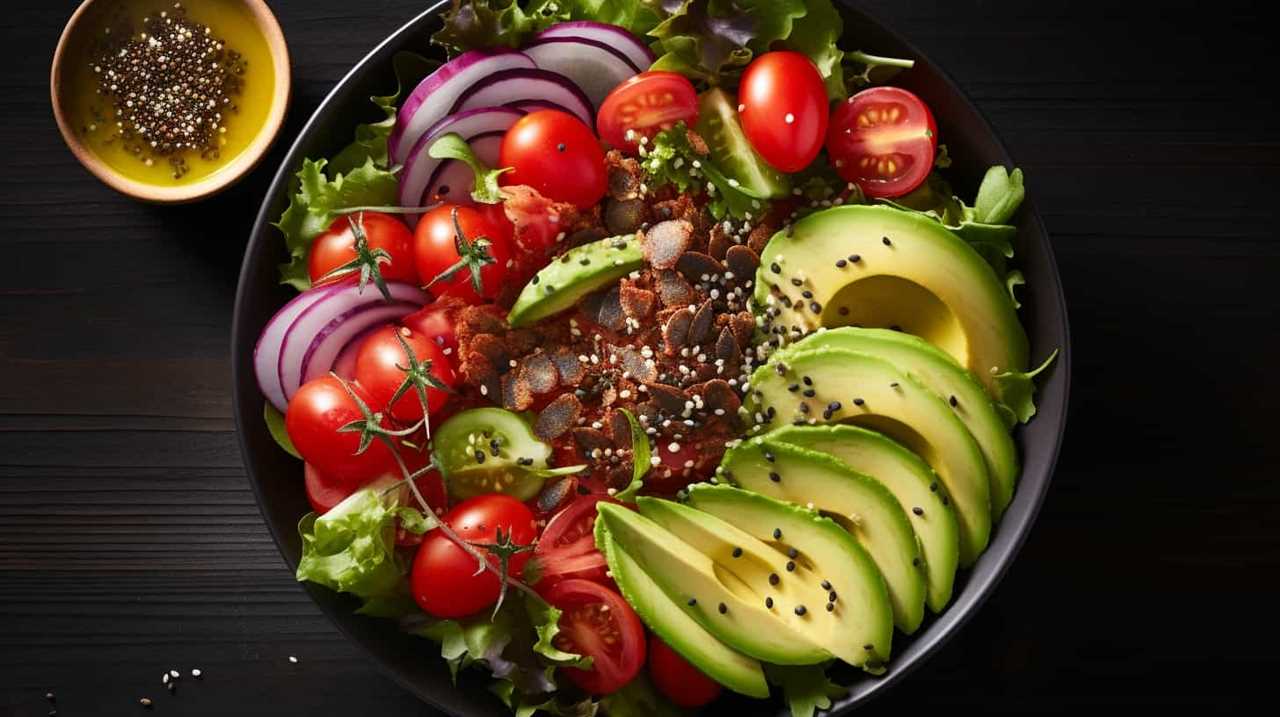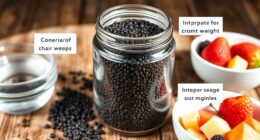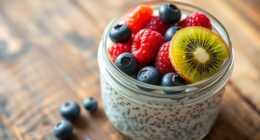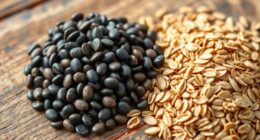Welcome to our guide on natural techniques for commercial seed production.
In this article, we will explore the precise methods and strategies that enable us to cultivate high-quality seeds in an environmentally friendly manner.
From soil preparation to pest control, we will delve into the intricacies of each step, ensuring that every aspect of the process contributes to the liberation of sustainable agriculture.
Join us as we unlock the secrets to producing seeds that will nourish both the land and our communities.
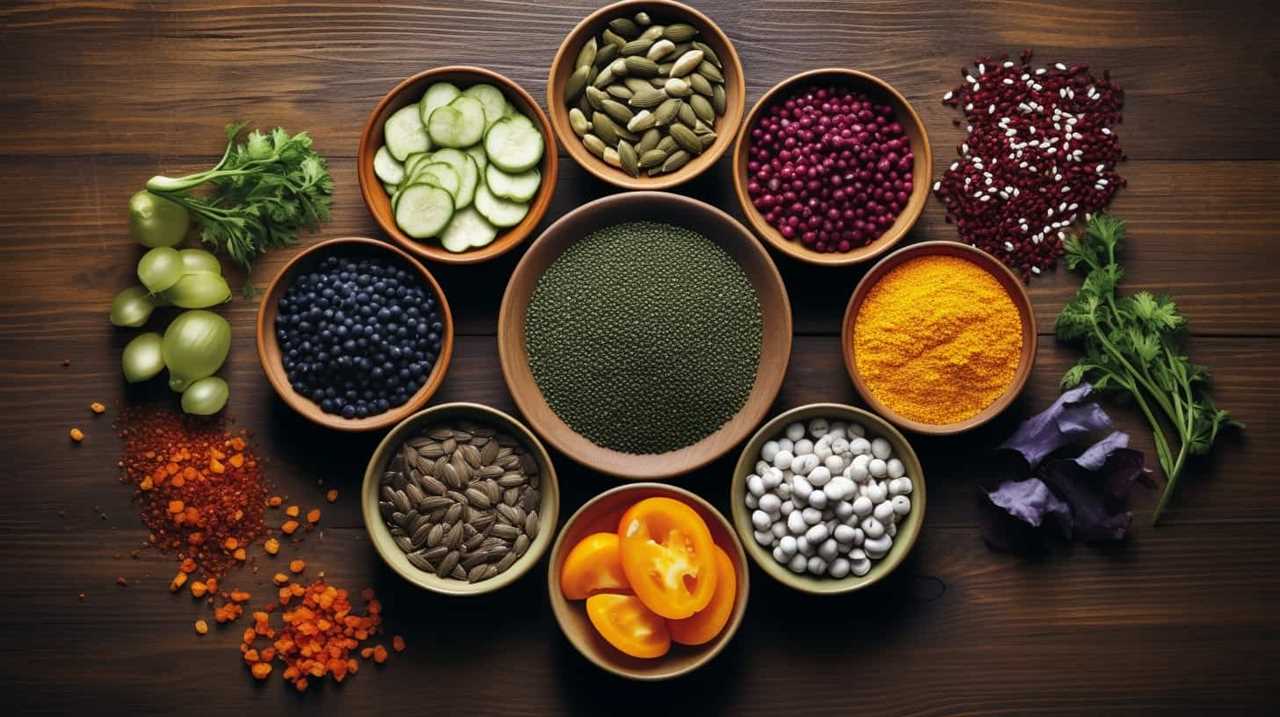
Key Takeaways
- Assess nutrient levels in the soil
- Use hybridization and advanced breeding techniques to improve desirable traits in seeds
- Implement integrated pest management (IPM) and biological control methods for pest and disease control
- Employ proper labeling and documentation practices for disease management and regulatory compliance
Soil Preparation
We carefully assess the nutrient levels in our soil to ensure optimal conditions for seed production.
In order to achieve this, we employ natural techniques such as crop rotation and the use of organic fertilizers.
Crop rotation is a method where different crops are planted in a specific sequence over a period of time, which helps maintain soil fertility and reduce the risk of pests and diseases.
Organic fertilizers, derived from natural sources like compost and animal manure, provide essential nutrients to the soil without harmful chemicals.
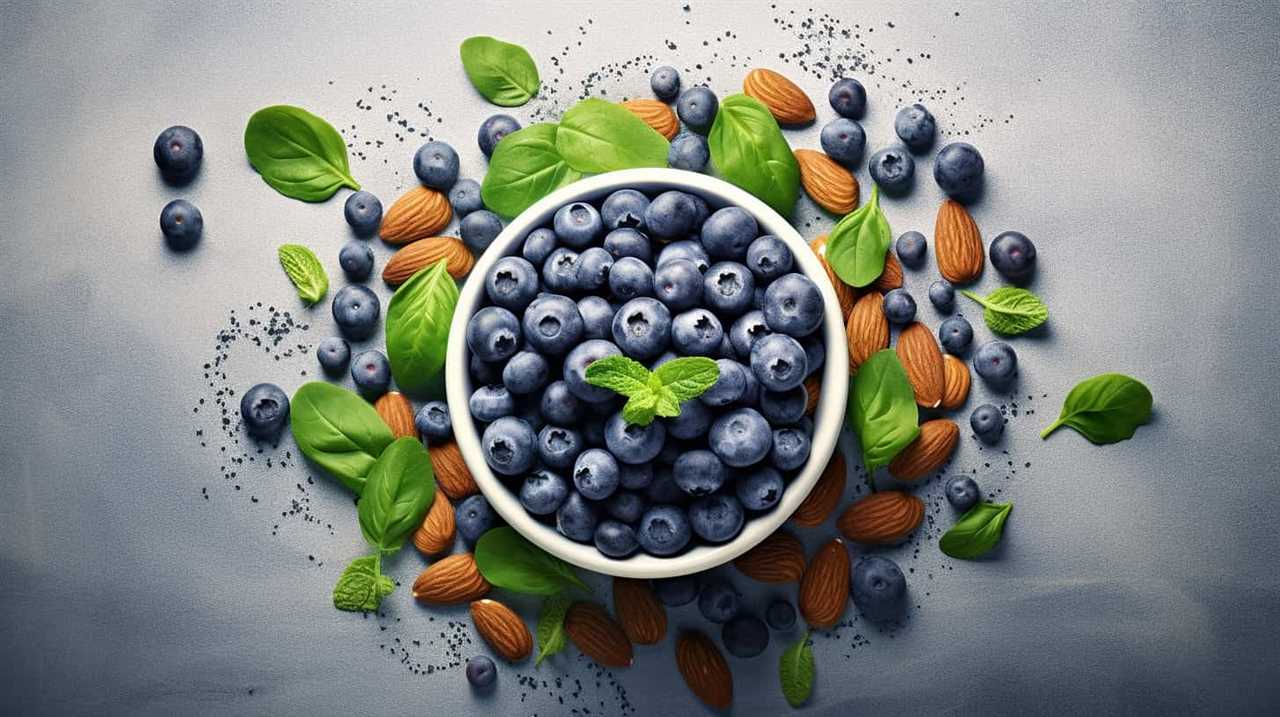
These fertilizers improve soil structure, enhance water retention, and promote healthy microbial activity.
Seed Selection
After carefully assessing the nutrient levels in our soil and implementing natural techniques such as crop rotation and organic fertilizers, we move on to the crucial step of seed selection. Seed selection plays a vital role in the success of commercial seed production. When choosing seeds, we consider factors such as seed viability and breeding techniques. Seed viability refers to the ability of a seed to germinate and produce a healthy plant. It is crucial to select seeds with high viability to ensure successful crop establishment. Breeding techniques, on the other hand, involve the deliberate manipulation of plant genetics to improve desirable traits such as yield, disease resistance, and nutrient content. By employing advanced breeding techniques, we can develop seeds that are more resilient and productive, ultimately contributing to the liberation of agricultural practices.
| Seed Viability | Breeding Techniques |
|---|---|
| High | Genomic Selection |
| Healthy | Marker-Assisted Breeding |
| Robust | Hybridization |
Pollination Techniques
To ensure successful commercial seed production, we employ effective pollination techniques. One of the key methods we utilize is hybridization. By crossing two genetically distinct plants, we can create offspring with desirable traits. This process involves carefully selecting parent plants and controlling the pollination process to ensure the desired traits are passed on.
In addition to hybridization methods, we integrate beekeeping into our pollination techniques. Bees play a crucial role in transferring pollen between plants, aiding in fertilization and seed production. Through strategic placement of beehives and providing an optimal environment for bees, we maximize their pollination efforts.

This integration not only improves seed yield but also promotes biodiversity and supports the health of our ecosystems. By combining hybridization methods with beekeeping integration, we can achieve efficient and sustainable commercial seed production.
Pest and Disease Control
For effective commercial seed production, it’s crucial to implement natural techniques for pest and disease control. Integrated pest management (IPM) is a comprehensive approach that combines various strategies to minimize the use of synthetic pesticides and promote sustainable agriculture.
IPM involves the integration of biological control methods, such as the use of beneficial insects and microorganisms, to manage pests and diseases. Biological control agents, like ladybugs and predatory nematodes, can effectively suppress pest populations without harming the environment or human health.
Additionally, IPM includes cultural practices, such as crop rotation and sanitation, to prevent the buildup of pests and diseases. By adopting natural techniques like IPM, farmers can reduce their reliance on chemical inputs, conserve biodiversity, and produce high-quality seeds that are free from harmful residues.
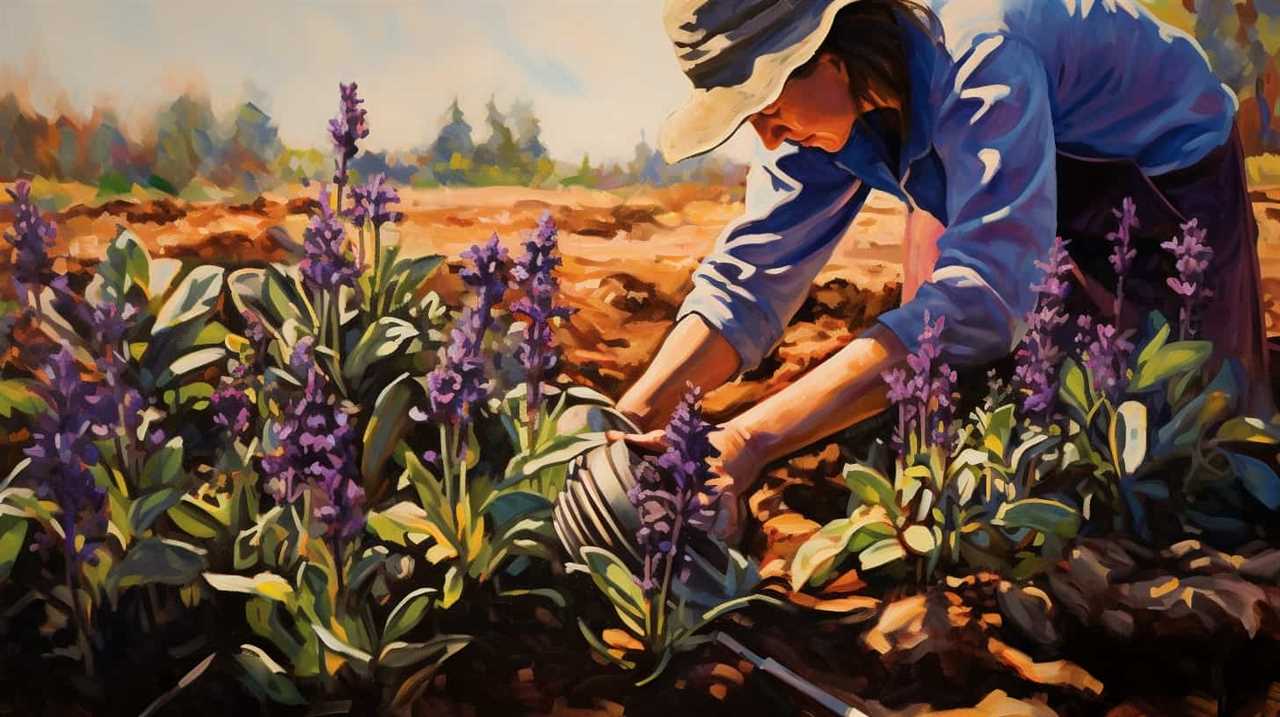
Harvesting and Processing
Continuing our discussion on harvest and processing techniques in commercial seed production, we integrate natural methods to ensure the highest quality seeds.
Drying and storage play a crucial role in maintaining seed viability and preventing deterioration. After harvest, seeds are carefully dried to reduce moisture content, as excess moisture can lead to fungal growth and seed rot. Natural drying methods, such as air-drying or using low-temperature ovens, are employed to preserve seed quality.
Once dried, seeds are stored in optimal conditions, including cool temperatures and low humidity, to prevent premature germination or seed aging.
Quality assurance is paramount throughout the processing stage. Stringent measures are implemented to ensure the absence of contaminants, such as weed seeds or diseased materials. Proper labeling and documentation are maintained to track seed origin, lot numbers, and other essential information, ensuring transparency and accountability.
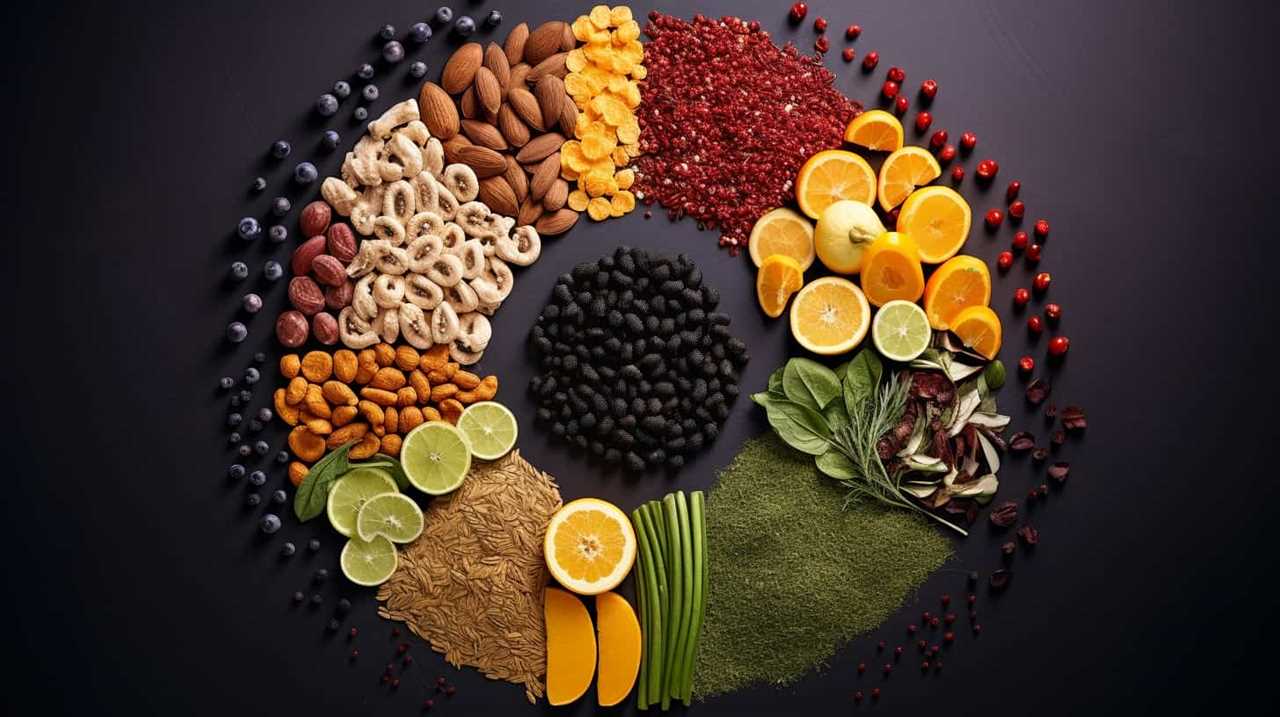
Conclusion
In conclusion, employing natural techniques for commercial seed production is akin to cultivating a flourishing garden.
The process starts with meticulously preparing the soil, ensuring that it is rich in nutrients and free from any contaminants. This creates the ideal environment for seed development and growth.
Next, careful selection of the seeds is crucial. Only the highest quality seeds should be chosen, as they will determine the success of future crops. This involves assessing factors such as genetic purity, germination rates, and disease resistance.
Skillful execution of pollination techniques is also essential. This can involve hand pollination or attracting pollinators such as bees to ensure effective fertilization. Proper pollination guarantees the production of genetically diverse and healthy seeds.
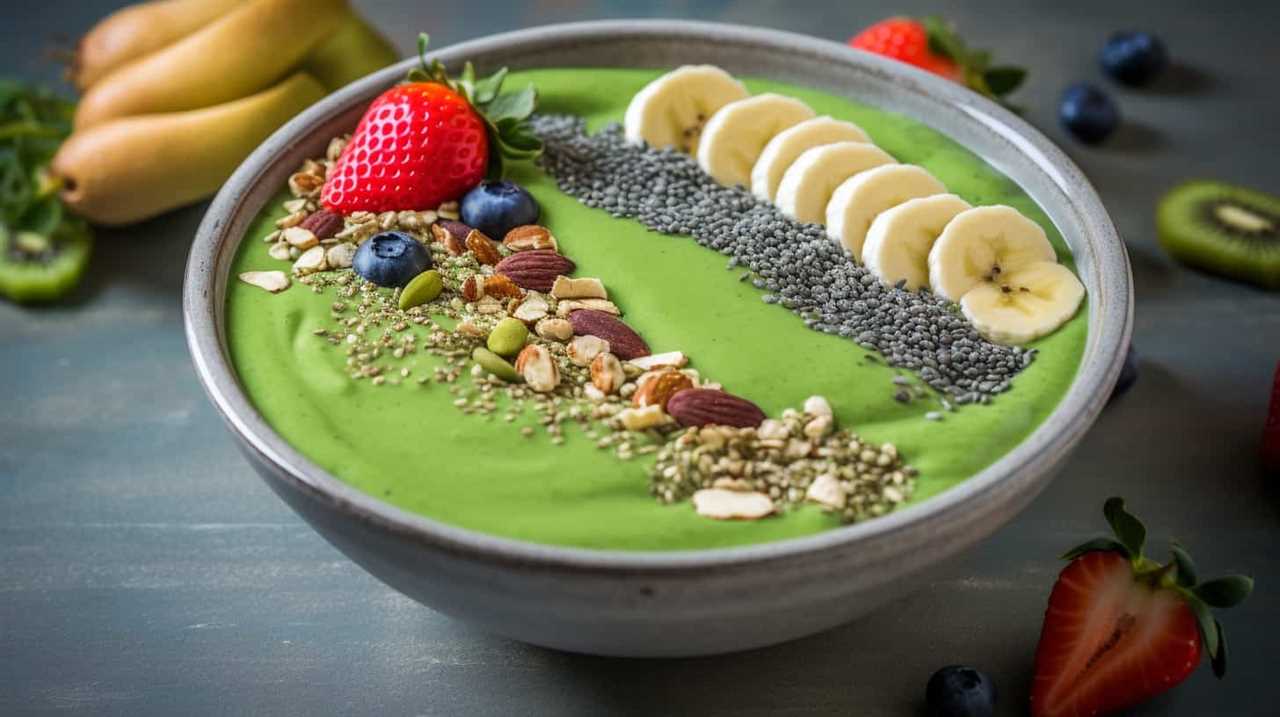
Implementing effective pest and disease control measures is another important aspect of natural seed production. This involves using organic methods to prevent and manage pests and diseases. By doing so, the harvest is safeguarded, ensuring the production of high-quality seeds.
Lastly, the meticulous harvesting and processing techniques act as the gentle hands that delicately nurture the seeds. Seeds should be harvested at the right time to ensure optimal maturity and viability. They should then be processed carefully to remove any impurities and ensure their long-term storage and viability.
By following these natural techniques, commercial seed producers can guarantee the production of high-quality seeds that are viable and successful in future cultivation endeavors.
